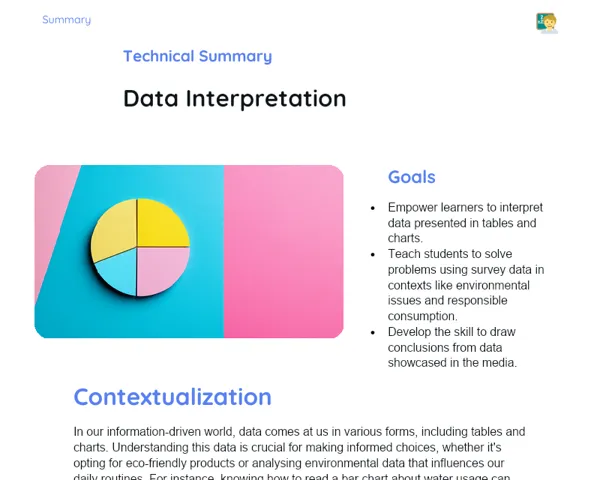Objectives
1. 🪄 Understand the idea of perimeter and why it's important in geometry.
2. 🪄 Learn how to work out the perimeter of basic shapes like triangles, squares, and pentagons.
3. 🪄 Develop the ability to apply perimeter calculations in real-life situations, like measuring land or figuring out how much material you need to fence a garden.
Contextualization
Did you know that the concept of perimeter isn't just a theoretical math idea, but was also crucial for ancient civilizations? For instance, the Egyptians relied on perimeter calculations to measure out their lands annually after the Nile's floods, which was vital for their agricultural economy. This highlights how relevant and practical studying perimeter is even today, in various fields such as engineering, architecture, and agriculture.
Important Topics
Triangle
The triangle is one of the most basic geometric shapes, yet it's incredibly important for understanding perimeter. A triangle has three sides and three angles. To calculate the perimeter, simply add up the lengths of all three sides. This fundamental property is applied in many practical areas like civil engineering and architecture.
-
The perimeter of a triangle is the total of its three sides' lengths.
-
Different types of triangles (like equilateral, isosceles, and scalene) have specific methods for calculating their perimeters based on the lengths of their sides.
-
You can find the perimeter of a triangle even if you don't know the exact angles, making it quite versatile for practical uses.
Square
The square is a geometric figure characterised by four sides of equal length and four right angles. Calculating its perimeter is simple: just multiply the length of one side by four. This quality makes the square an excellent figure for introducing perimeter concepts to children since it's easy to visualise.
-
To find the perimeter of a square, multiply the side length by 4.
-
Having all sides the same length makes it straightforward for practical applications, like garden layout or mosaic designs.
-
The square's symmetry and regularity make it fundamental in both geometry and applied mathematics, simplifying many calculations.
Pentagon
A pentagon is a polygon with five sides and five angles. To calculate its perimeter, you need to sum the lengths of all five sides. This shape is more complex than triangles and squares, providing students a chance to apply their perimeter knowledge in a more challenging way.
-
Calculate the perimeter by adding together the lengths of its five sides.
-
The pentagon's complexity compared to squares and triangles helps develop advanced calculation and visualisation skills.
-
Pentagons are often used in design and architecture for their unique aesthetics.
Key Terms
-
Perimeter: The total distance around a geometric figure, calculated by adding up the lengths of all sides.
-
Polygon: A flat shape with three or more straight sides. Examples include triangles, squares, and pentagons.
-
Elements of a triangle: A triangle is defined by its three sides and internal angles, which can vary.
For Reflection
-
How does understanding perimeter calculations assist in day-to-day tasks, like measuring a room for a rug?
-
Why is it valuable to identify and classify the various types of triangles when working out their perimeters?
-
In what ways can mastering perimeter calculations for complex shapes like pentagons benefit fields such as design and architecture?
Important Conclusions
-
Today, we dived into the interesting world of perimeter calculations, a crucial mathematical skill that has numerous practical applications, from engineering to product design.
-
We explored how to calculate the perimeters of basic shapes like triangles, squares, and pentagons and how this knowledge can solve everyday issues, like land measurements or garden planning.
-
We talked about the importance of recognising and classifying different geometric figures, which is key for correctly applying perimeter calculations in real-life situations.
To Exercise Knowledge
- Measure the furniture in a room at home and work out the perimeter of that room. 2. Draw various shapes in your yard with chalk and measure their perimeters. 3. Use craft sticks to build different shapes and calculate their perimeters.
Challenge
Creative Perimeter Challenge: Use recyclable items (like newspapers, cardboard boxes, etc.) to create a sculpture that combines different geometric shapes. Calculate the total perimeter of your sculpture and share it with the class during our next lesson!
Study Tips
-
Practice drawing different shapes and calculating their perimeters to improve your skills.
-
Look for math apps that offer fun games and challenges focused on perimeter calculations.
-
Chat with family or friends about how figuring out perimeters can be handy in everyday activities, like DIY projects or planning spaces.



